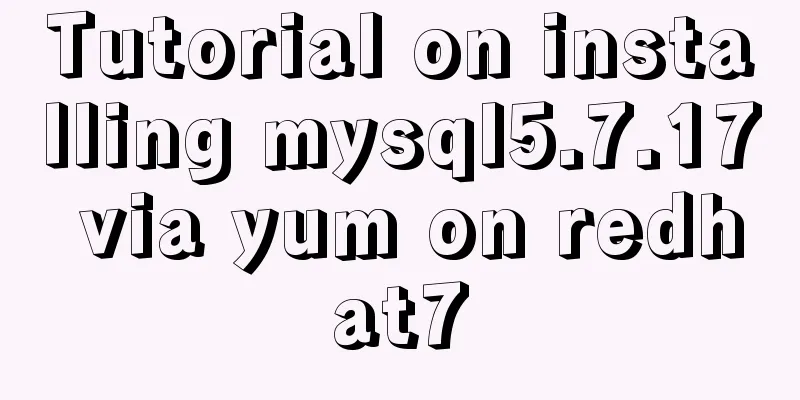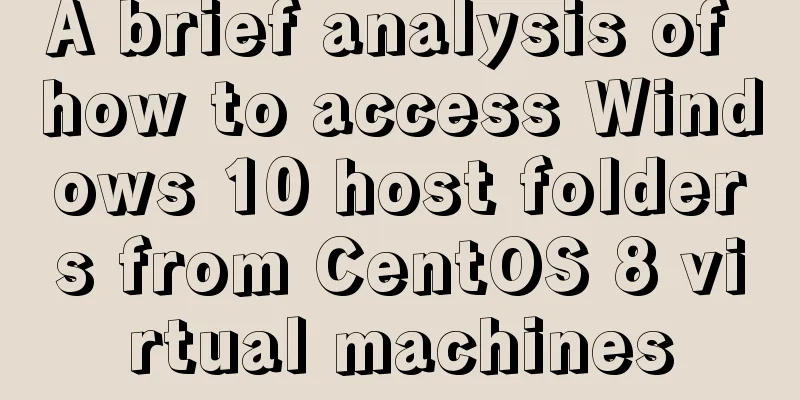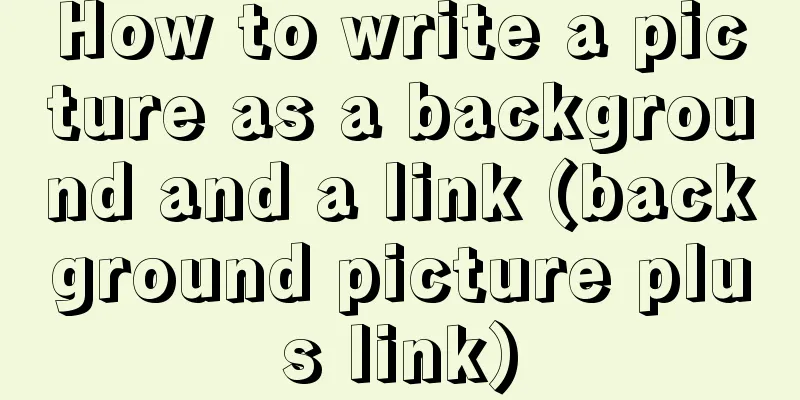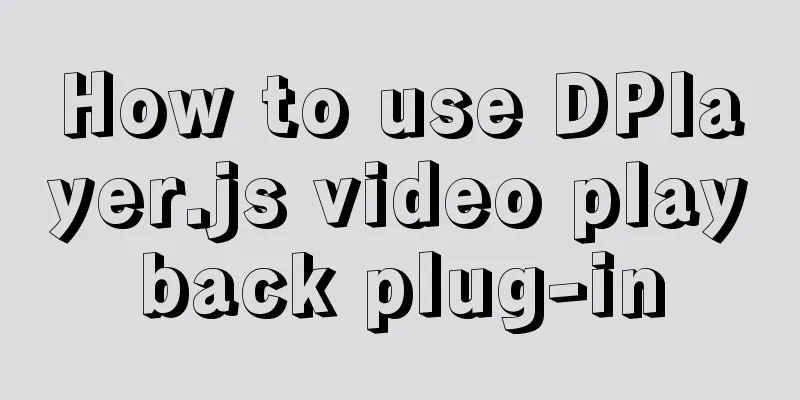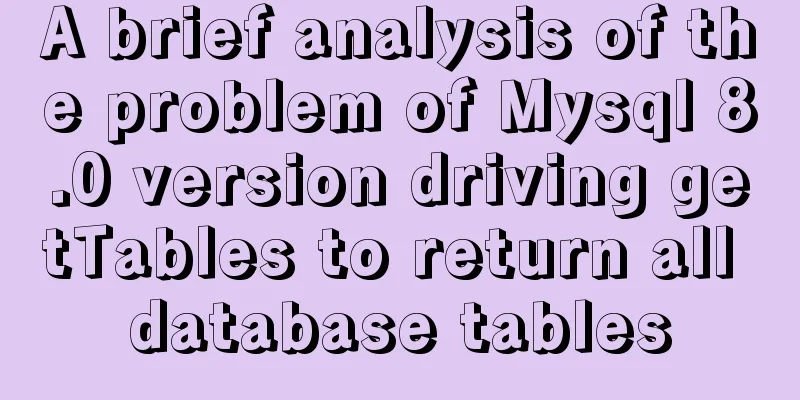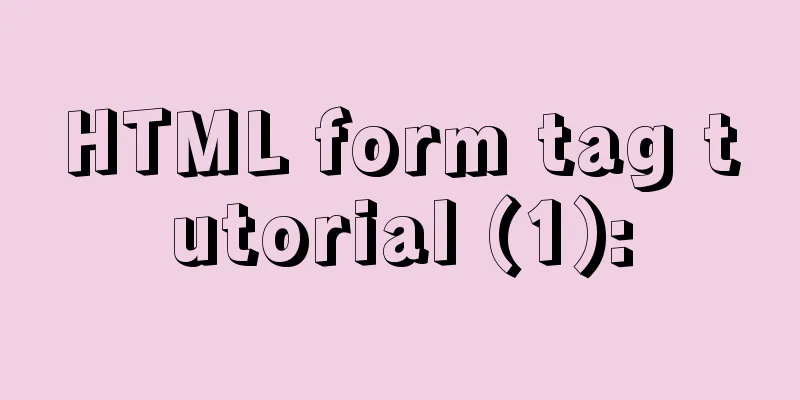Summary of common docker commands (recommended)

|
1. Summary: In general, they can be divided into the following categories: Docker environment information — docker [info|version] The meaning of common commands: 1 Introduction to docker commands docker --help Management commands: Order: 2. Image related 1. Pull the image docker pull 2. View the image docker images 3. Delete the image docker rmi Common parameters: 4. Create an image (1) Re-establish a new image after changing the source image docker commit Common parameters: (2) Use Dockerfile to build an image docker build Common parameters: 3. Container related 1. Run the container docker run Common parameters: The containers created by docker create and docker run -it are interactive containers. 2. View the running container docker ps Common parameters: 3. Stop the container docker stop //The method is gentle and stops the container slowly. docker kill //The method is simple and rough and stops the container immediately. 4. Delete the container docker rm Common parameters: 5. View container logs docker logs Common parameters: 6. View container process docker top 7. View container configuration information docker inspect Common parameters: 8. Enter the container (1) Entering the interactive container docker attack Common parameters: (2) Entering the background container docker exec Common parameters: Dockerfile
This is the end of this article about the summary of commonly used docker commands (recommended). For more related commonly used docker commands, please search for previous articles on 123WORDPRESS.COM or continue to browse the following related articles. I hope you will support 123WORDPRESS.COM in the future! You may also be interested in:
|
<<: How to optimize MySQL group by statement
>>: JavaScript to implement a simple shopping form
Recommend
Vue sample code for online preview of office files
I'm working on electronic archives recently, ...
Use MySQL to open/modify port 3306 and open access permissions in Ubuntu/Linux environment
Operating system: Ubuntu 17.04 64-bit MySQL versi...
Use of Linux ln command
1. Command Introduction The ln command is used to...
Detailed explanation of Linux netfilter/iptables knowledge points
Netfilter Netfilter is a packet processing module...
Using jQuery to implement the carousel effect
This article shares the specific code for impleme...
Vue implements automatic jump to login page when token expires
The project was tested these days, and the tester...
A case study to thoroughly understand how to correctly use MySQL inndb joint index
There is a business that queries the 5 most recen...
Basic statements of MySQL data definition language DDL
MySQL DDL statements What is DDL, DML. DDL is dat...
Tips on setting HTML table borders
For many people who are new to HTML, table <ta...
Detailed explanation of BOM and DOM in JavaScript
Table of contents BOM (Browser Object Model) 1. W...
CentOS 8 Installation Guide for Zabbix 4.4
Zabbix server environment platform ZABBIX version...
Detailed explanation of CSS child element fixed positioning solution relative to parent element
Basic Concepts Absolute positioning: An element b...
The reason why MySQL manually registers the binlog file and causes master-slave abnormalities
1. Source of the problem A friend @水米田 asked me a...
Negative margin function introduction and usage summary
As early as in the CSS2 recommendations in 1998, t...
Flex layout realizes the layout mode of upper and lower fixed and middle sliding
This article mainly introduces the layout method ...

